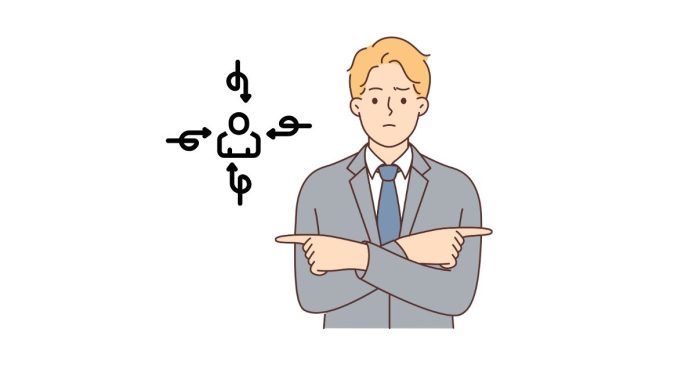It seems like you’re looking for answers to a specific question about the difference between direct and indirect supervision. Let me help you with that!
Direct Supervision vs. Indirect Supervision
These terms refer to different styles of overseeing or managing someone’s work, especially in the context of work, education, or training environments. Here’s a breakdown of each:
Direct Supervision
- Definition: Direct supervision involves a close, hands-on approach where a supervisor is actively involved in overseeing and guiding the actions of the person being supervised. The supervisor is physically present or directly engaged in the tasks and responsibilities of the individual.
- Characteristics:
- The supervisor is present and directly oversees the tasks.
- The supervisor provides immediate feedback or guidance.
- It is common in environments where safety, precision, or close management is necessary (e.g., medical settings, construction).
- Employees or trainees may be required to check in frequently with their supervisor.
- Example: A nurse working with a new medical assistant is providing direct supervision by monitoring their actions during patient care, ensuring they follow protocols correctly.
Indirect Supervision
- Definition: Indirect supervision involves a more distant approach. The supervisor is not directly observing every action but is available to provide guidance and support as needed. This type of supervision often assumes that the person being supervised has enough experience, autonomy, and trust to carry out tasks with minimal oversight.
- Characteristics:
- The supervisor may not be physically present but monitors progress from a distance.
- The person being supervised has more autonomy in their work.
- The supervisor may give periodic reviews, evaluations, or feedback instead of continuous oversight.
- It is common in settings where employees are expected to work independently, and tasks are not highly risky or complex.
- Example: A research project manager may provide indirect supervision by setting general goals and expectations for a team, then allowing the team members to carry out their work with minimal day-to-day oversight.
Key Differences
- Level of Supervision:
- Direct: Hands-on, close oversight.
- Indirect: More hands-off, with guidance as needed.
- Presence of Supervisor:
- Direct: Supervisor is usually physically present or closely engaged.
- Indirect: Supervisor may be off-site or less actively involved.
- Autonomy:
- Direct: Limited autonomy for the person being supervised.
- Indirect: More autonomy for the person being supervised.
- Frequency of Feedback:
- Direct: Feedback is immediate and continuous.
- Indirect: Feedback is less frequent, often scheduled or periodic.
When to Use Each Type:
- Direct supervision is generally used in situations where the tasks require close attention, complexity, or safety concerns (e.g., working with machinery, medical environments).
- Indirect supervision is appropriate when the individual has gained experience, can work independently, or when the tasks are not immediately hazardous or require constant oversight.



